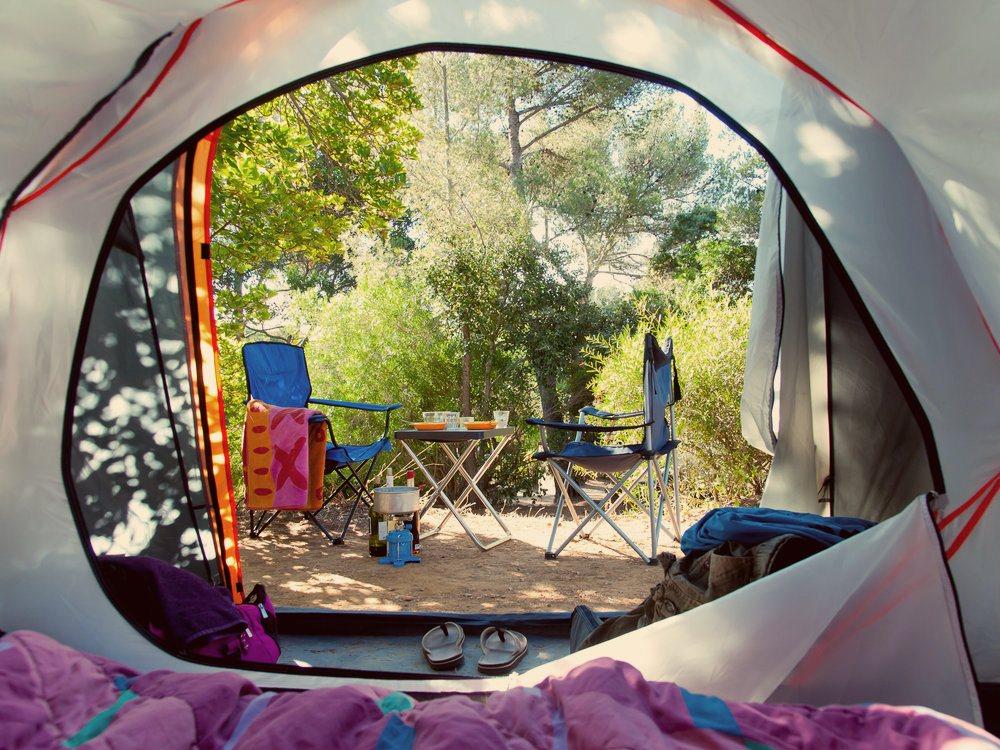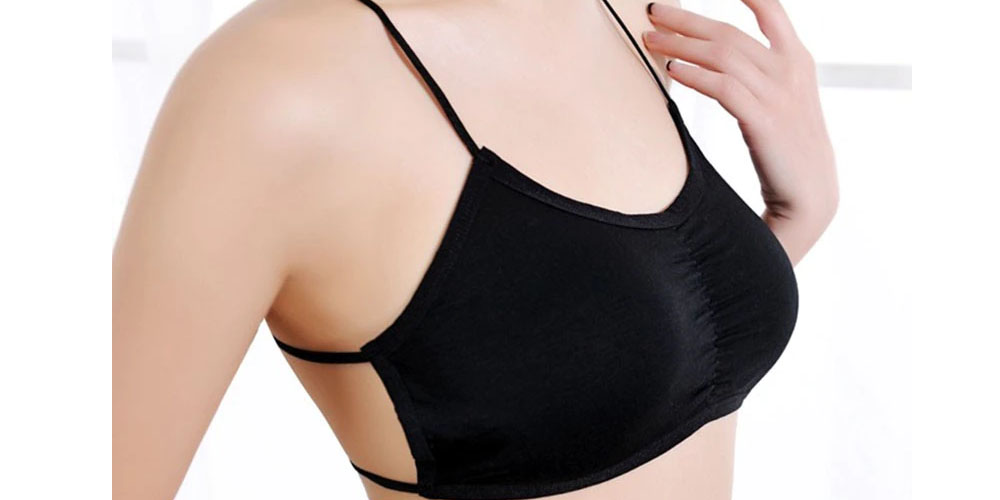Everything you need to camp without losing comfort
The holiday season is the ideal time to go out with family and friends and also to get closer to nature. With the right equipment, you can go camping and have a refuge that is as comfortable as it is safe. I discovered everything you need to go camping.
How to choose a tent? If you have an adventurous soul, you will probably repeat several of your excursions or explore new places every year. If so, we recommend that you choose a tent that will accompany you for a long time and resist the most unfavorable conditions. I chose the best tent and the necessary accessories on our website.
Climatic conditions: The tents with double wall or double roof serve for North and South, ranging from 1,200 columns of water upwards, up to 5,000 mm of precipitation. The recommended tents for the center and north are tents without full roof cover of 1,200 columns upwards below, generally up to 450 mm. But in winter, you should use a double-walled one, as it can be very rainy.
Size— For 2 to 4 people: they are light and easy to assemble, they usually have a single room and can include an extension in the entrance door.— For 5 to 6 people: they have a single central bedroom, plus one or two advances to store luggage and items that do not need to be kept inside.— For 7 to 9 people: they are family tents. They have more than one bedroom, spaces to store luggage and a central hall, depending on the model chosen. In addition, they have enough height to enter standing up.
FormThe form not only determines the useful space inside the tent. It is also directly related to the ease of assembly.
— Family tents: they usually have enough height to stand up inside them. Depending on the degree of privacy you require, choose between models with one or two rooms.— Igloo tents: they are the easiest to set up and take down, and they don't even need stakes if they don't go to very windy places. This is an additional advantage when the ground where it is installed is very hard. If they bring a roof covering that reaches almost to the ground, they will insulate better from cold and heat.— Tents with extension: it is a roofed space in front of the entrance door, which allows equipment and items that are not to be left out. need to keep indoors, such as shoes and boxes with food.
Fabric — Cotton: This fabric breathes well and does not produce condensation. It is a heavier material than other fabrics and it must be kept completely dry, since humidity affects the ventilation of the fabric and could generate fungi.— Polyester: it is a light fabric, with good resistance to sunlight, abrasion and wear. tear. It does not absorb water, it is not very elastic.— Nylon Polyamide: Like polyester, it is also a light fabric, it has good resistance to stretching and abrasions, since it is elastic. It does not rot, but it has low resistance to UV rays.— Ripstop: The above fabrics may have the addition called ripstop, which is a network of threads that increases anti-tear capacity. It is normally used for inner tent, and it is very light.

Tent floor and uprights: the floor can be made of high-density polyester or polyethylene, to resist the ground on which it rests. The poles are fiberglass or aluminum rods that give the tent its shape. Its stability against the winds will depend on the quality and quantity of these uprights. There are some tents that do not have an iron structure, only inflatable rods, which are very comfortable and easy to store.
What do you need to go camping?
Tables and chairs: to carry out all the activities it is convenient to bring at least 2 tables: one for the dining room and another smaller one for the kitchen to support the stove, the pots and other accessories. Also consider adding benches or chairs to the dining table and an inflatable chair to rest on. The tables and chairs are foldable, so they won't take up much space when moving. Do not miss the variety of chairs and tables that we have for you.
Camping backpack: the ideal one should be made of waterproof fabric and have several pockets or compartments that allow the distribution and order of the clothes. Its size is measured in liters and to choose the appropriate one, consider the amount of things you will carry and the days you will go camping. For a day trip, a 30 liter backpack is enough, while for a weekend, a 55 to 75 liter backpack. The largest have capacities between 90 and 110 liters, they are ideal for larger expeditions. Find our entire assortment of camping backpacks here.
To sleep: When choosing the sleeping envelope, consider the climate of the place where you will camp; You can also add an inflatable mattress that will guarantee a comfortable rest that will not miss your bed. A camping mat can also be very useful, which, in addition to being very comfortable and light, will serve to insulate you from the cold. Get to know our wide assortment of sleeping envelopes and their accessories here.
Food and its conservation: to know what food to take to a campsite, the most practical thing is to make a menu with 3 or 4 daily meals. If you use vegetables, fruits or meat, it is convenient to keep them fresh or frozen in a refrigerator, there are some with connection to the car or electric ones and that have a greater capacity to preserve cold. We also recommend you to bring a cupboard, a fabric cupboard that hangs from a tree to keep your food ventilated, but protected from insects. Find our wide variety of portable refrigerators here.
Tips for your campingBefore you leave: before leaving home, make a final check of your luggage and all the utensils that you will use while you are out. If you go by car, do not overload it with things that you will not use and check that everything is in perfect condition: tires, antifreeze, brake fluid and, of course, your tent and sleeping bag.
Before setting up the tent: Try to arrive at the campsite during the day, as it is much easier to find a good spot and set up your tent with natural light than at night with a flashlight. Choose a flat place for the tent, if you have no choice but to install it on a slope, leave the tent with the top towards your head, remove the stones and clean the area where you will install it, without uprooting plants unnecessarily. It is convenient to put some thick nylon as insulation between the floor and the ground, that will protect you from humidity and dirt. The entrance of the tent has to be in the opposite direction to the wind, this way you will avoid that it rises and the stakes come out in case of gusts.
What did you think of these tips? Cheer up and enjoy all your outings with all the comfort and safety you need.
Find all our options at Sodimac.com and make your project a reality!




